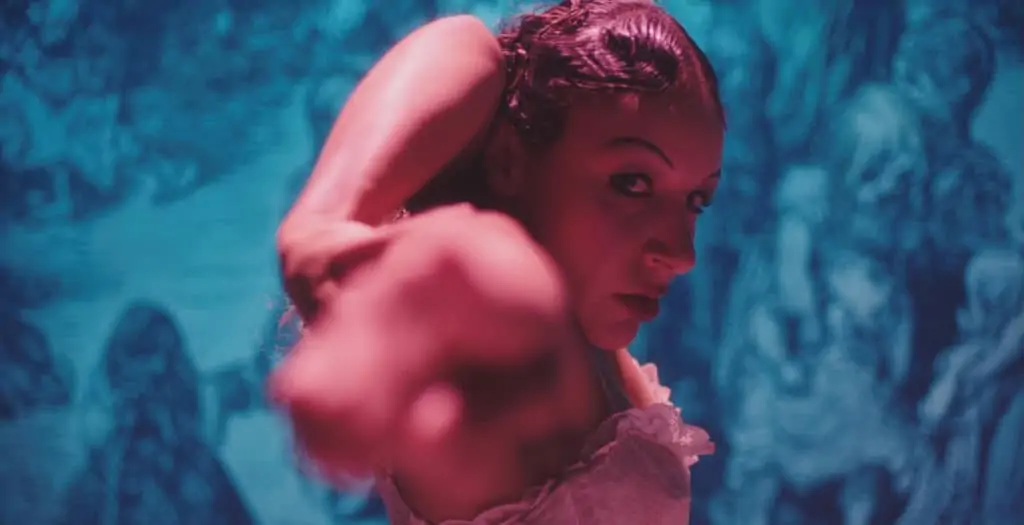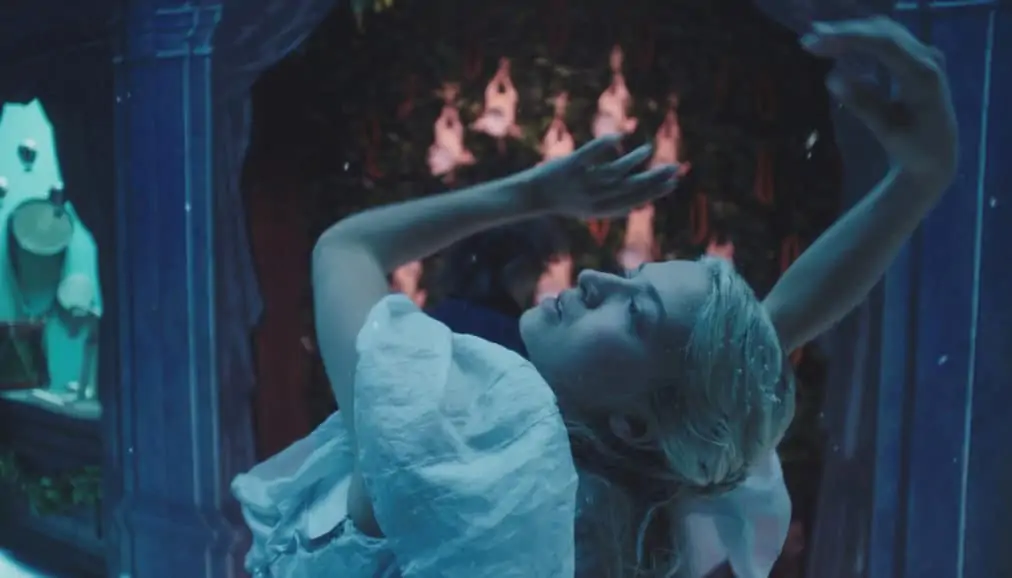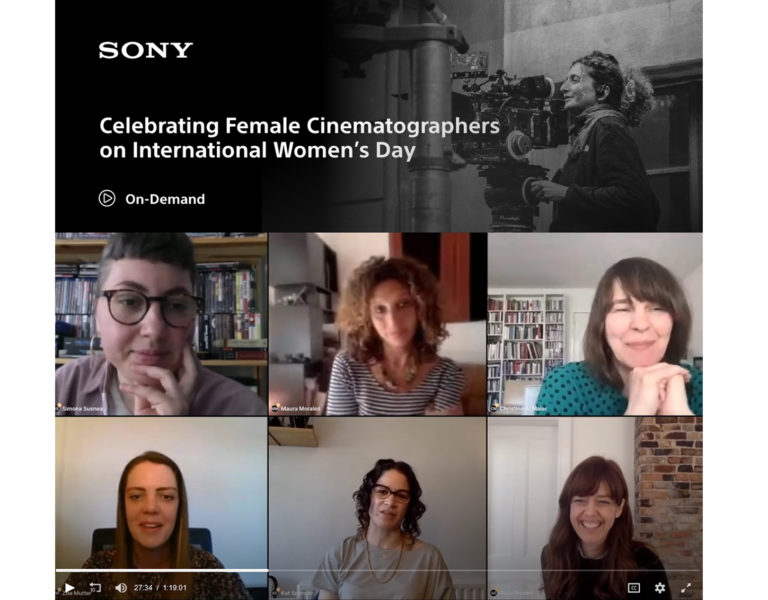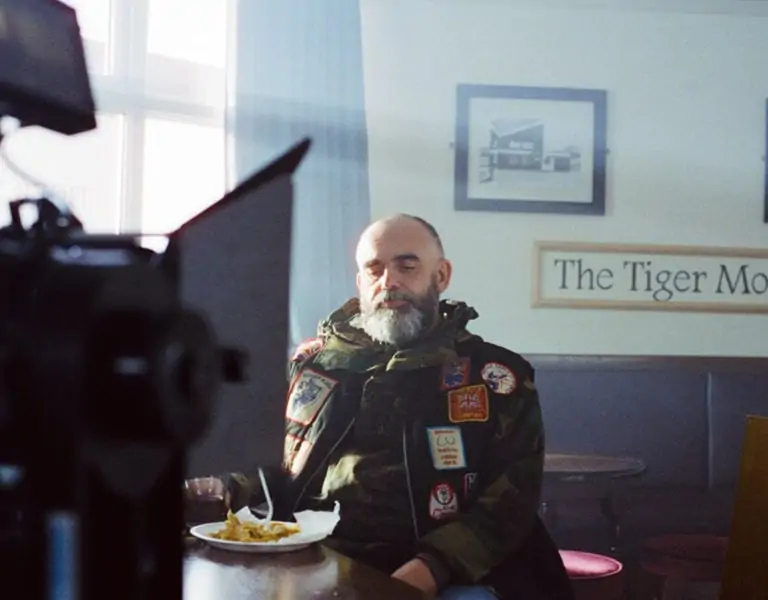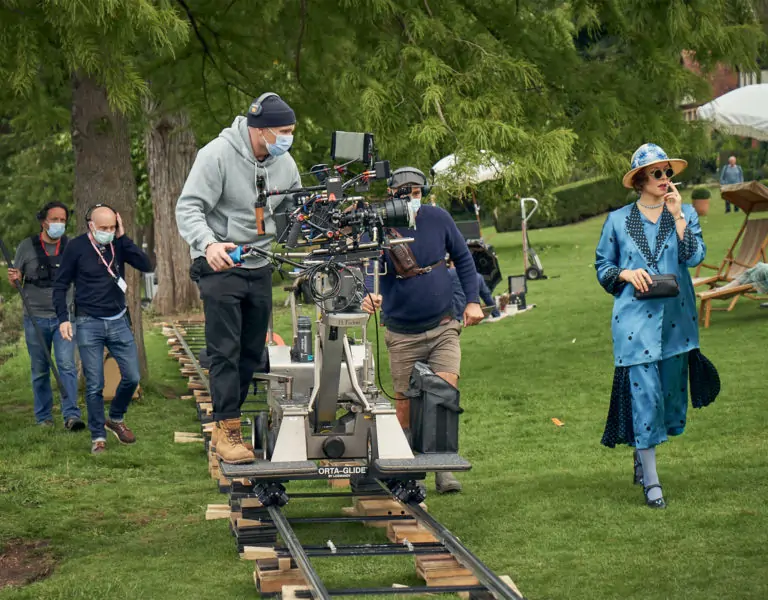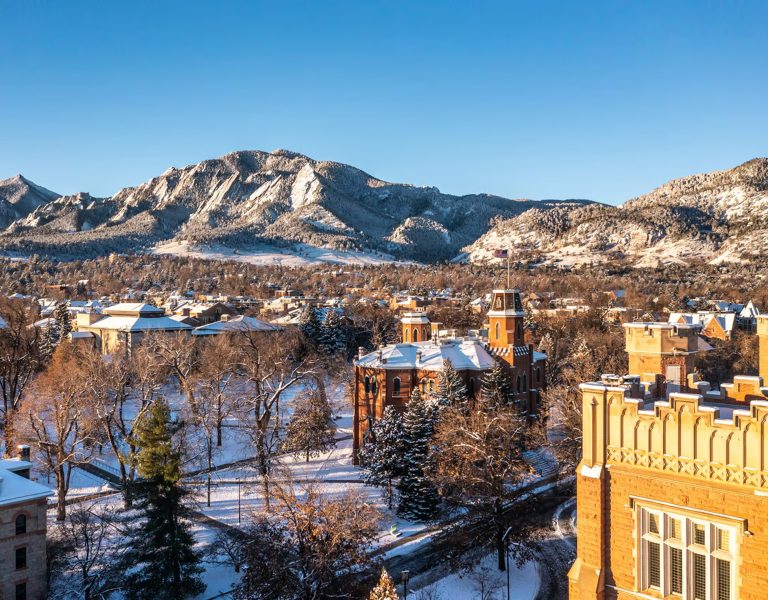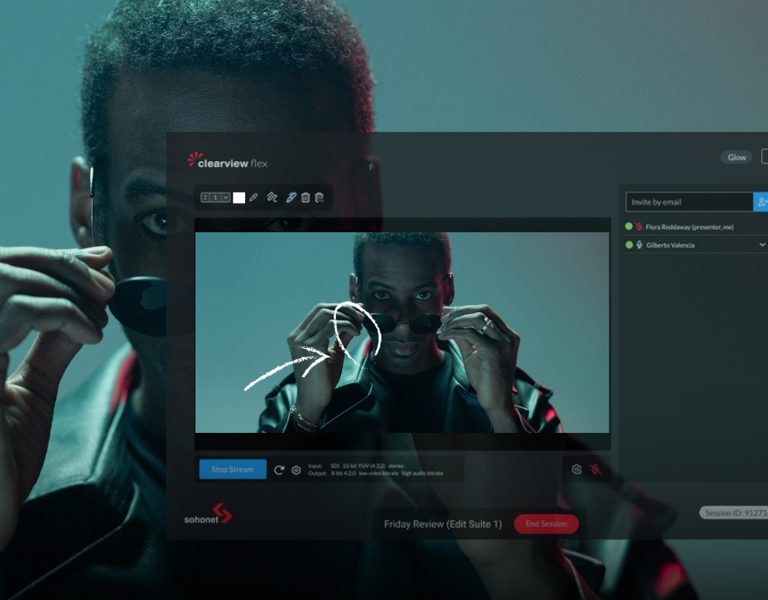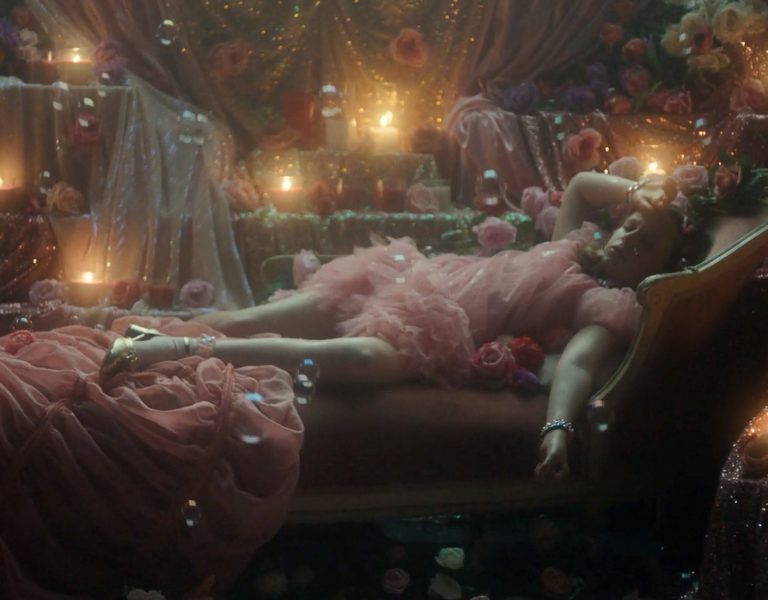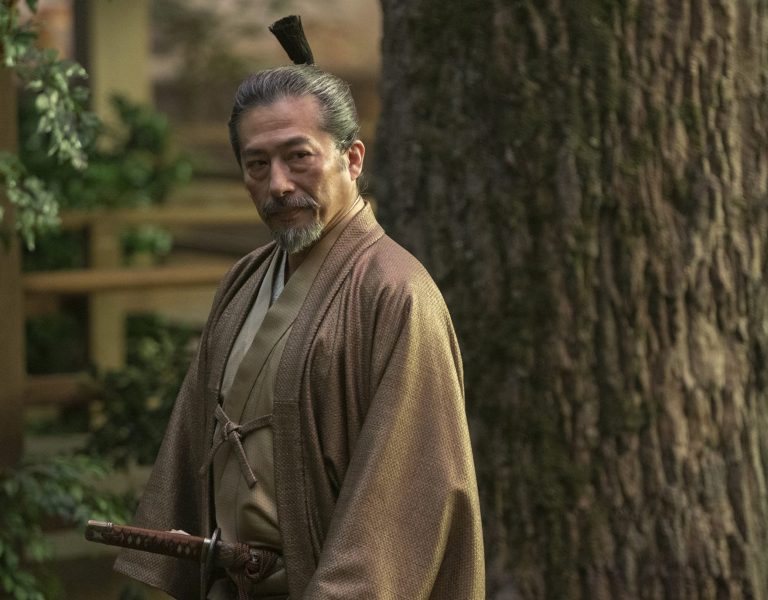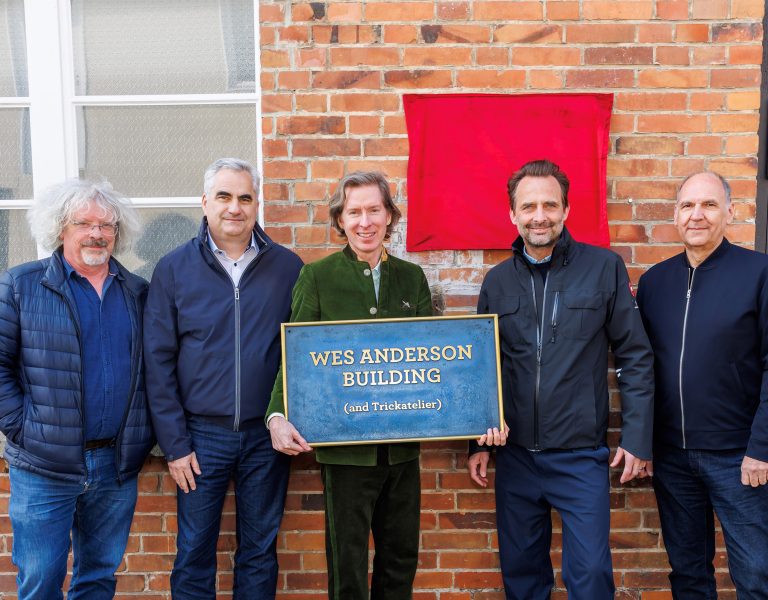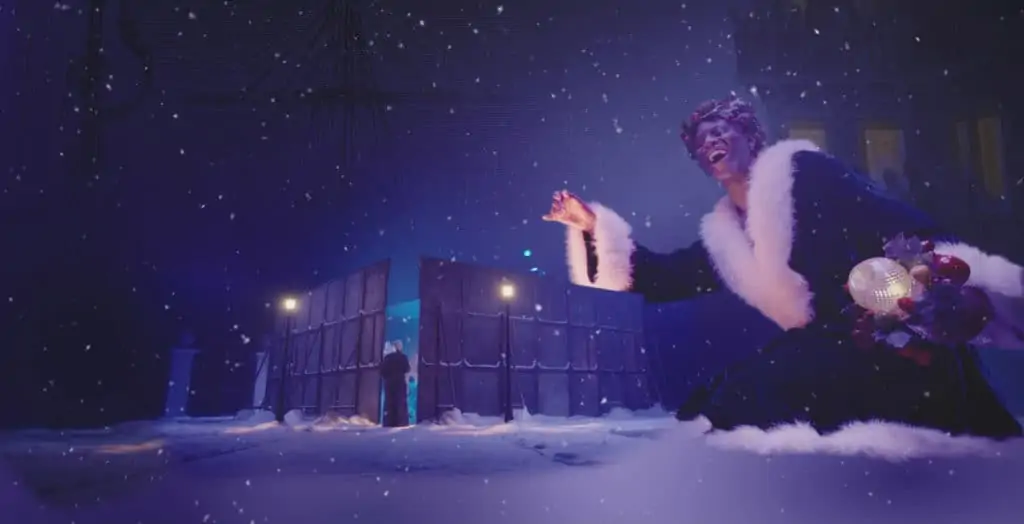
Director of photography, Michael Wood, reveals the process of lensing A Christmas Carol, a radical retelling of Dickens’ classic in contemporary dance…
When director Jacqui Morris first approached me to shoot A Christmas Carol, I was incredibly excited. I had just come off shooting Carmilla, a great experience, but a very low budget independent film, shot very naturalistically with no more than two film lights and lots of candles. I knew instantly A Christmas Carol would be the antithesis of this.
This version of A Christmas Carol was going to be an incredibly theatrical, dance-driven re-imagining of the classic Dickens story, and so I wanted my cinematography to wholeheartedly reflect that. Also, having all my lights rigged enabled me to work fast. We shot the film in just 12 days in Kiev during the summer of 2018. The only additional filming was much later in winter, a day’s shoot in the UK to film the opening scene. We were hampered by, and equally blessed with the snowiest day of the year. All the snowfall you see outside the windows in that scene is real.
My visual inspiration began with production designer, Darko Petrovic’s incredible and bold two-dimensional ‘theatre’ sets. I loved the 2D element in a three-dimensional world, and its transfer back again. I wanted to enhance that theatrical element, as the whole production was, in effect ‘on stage’ over one night, so aside from working purely with theatrical/moving lights I decided to embrace a rich and overly saturated colour palette. I knew I would be using smoke and diffusion on the stage throughout, so I could hardly be bold enough or else it would become muted.
My initial inspiration – which remained my inspiration throughout production – were the colours and theatrical staging of director Rainer Werner Fassbinder’s Querelle (photographed by Xaver Schwarzenberger). My gaffer, Alexander Shvets, and I drew up a swatch card of colours we liked, and we would see what worked best on any given scene. Alexander and his team did an incredible job on a very demanding shoot. They worked tirelessly and I remain indebted to them for that. My initial lighting head list, was 180. Via Skype, the producers openly laughed at me as it was not a big budget production, but when they understood my vision and appreciated how fast we needed to work, they could not have been more supportive. I do not believe there was one theatrical light left in Ukraine! They were even bringing in additional ARRI Sky Panels and remotely operated RGB lights from other nearby countries. I am so thankful to the producers for enabling me to fulfil my vision and give A Christmas Carol the visuals it demanded.
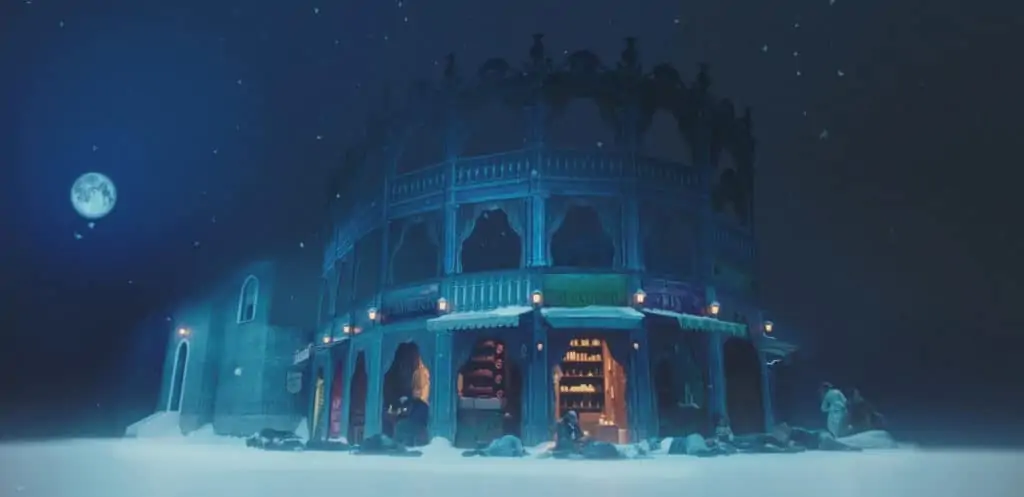
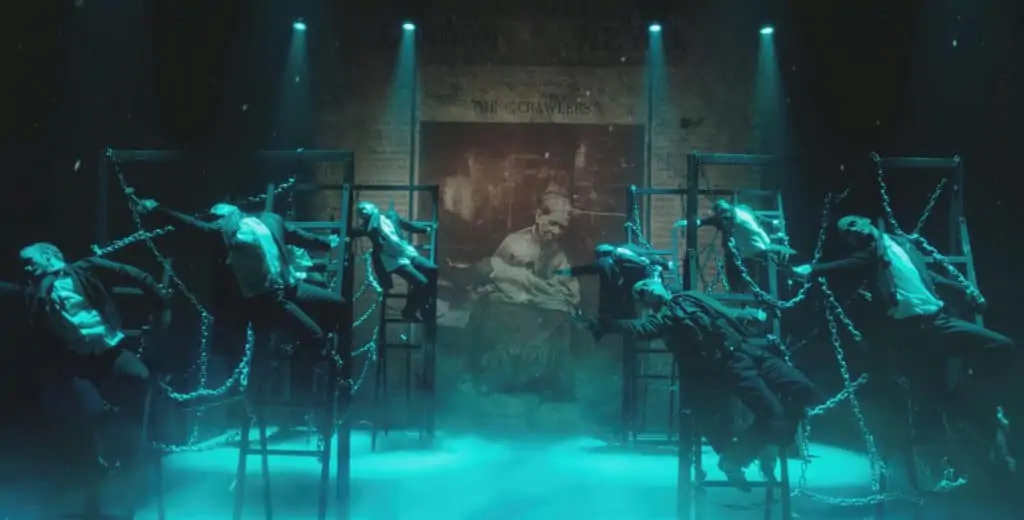
Ultimately, my 180 was an underestimate, I ended up with over 240 lamps rigged at one stage. Aside from the moving lights I needed a 50m circular ‘soft box’ for the exterior streetscape that features on the outside of the theatre. This was another inspired creation from Darko, and best appreciated in the wonderful transition from the children’s family Christmas into the young girl’s imagination. For this transition, Darko built a replica scaled set for the family Christmas, and I matched the line up on a 14mm lens before we continued the (Technocrane) move into the dancers ‘awakening’, and the shops opening on the live action set. Photography began on the 30th July 2018 after a brief pre-production period and three days of intense pre-lighting with Alexander.
The theatre was a permanent set, and we had a second stage with sets being constructed, shot, and switched out, almost daily. The whole film takes place in a single night, so the only time I changed my modus operandi and moved away from theatrical lights rigged, was the morning Scrooge woke up (literally and figuratively). I lit this from the ground with three 24k Tungsten Dinos (dimmed to 2200° k) to recreate the warmth (colour and metaphorically) of sunrise, a new day (and a new life) beginning.
Scrooge’s rebirth needed a touch of ‘reality’. We shot almost exclusively on a Technocrane and a Steadicam. Again, this was so we could move fast, but also so we could react to, and move with the dancers. The camera also had to ‘dance’. For this, I was blessed to work with local Steadicam operator, Ruslan Bogdan. He was phenomenal, and totally understood our intent. The beauty his movements brought to the dance performance were exceptional. Ruslan would watch the rehearsal, and with a nod of his head and a thumbs-up, he would throw himself into it and proceed to ‘dance’ like a ballerina with them! It was joy to watch and he brought so much to the production.
I shot on an ARRI Alexa, with Cooke S4’s (14mm-76mm) in 3.2k ProRes 4444, framing 2.39:1. Grading took place at Goldcrest Post in London with my usual colourist, the amazing artist and technician, Maria Chamberlain. The whole experience was a joy, and I cannot wait for audiences to see the finished film. It is such a beautiful and original retelling of Dickens’ classic Christmas story.”
Michael Wood is represented by Casarotto Ramsay.
